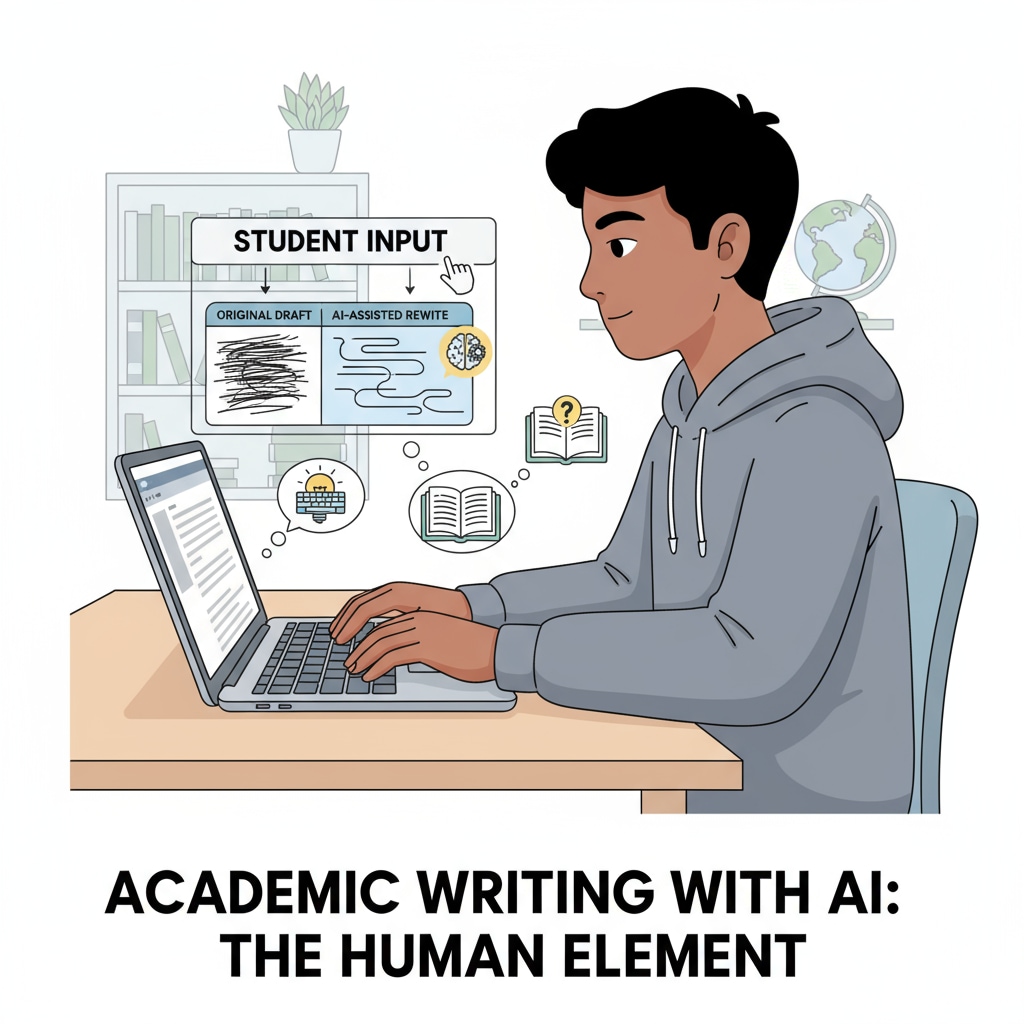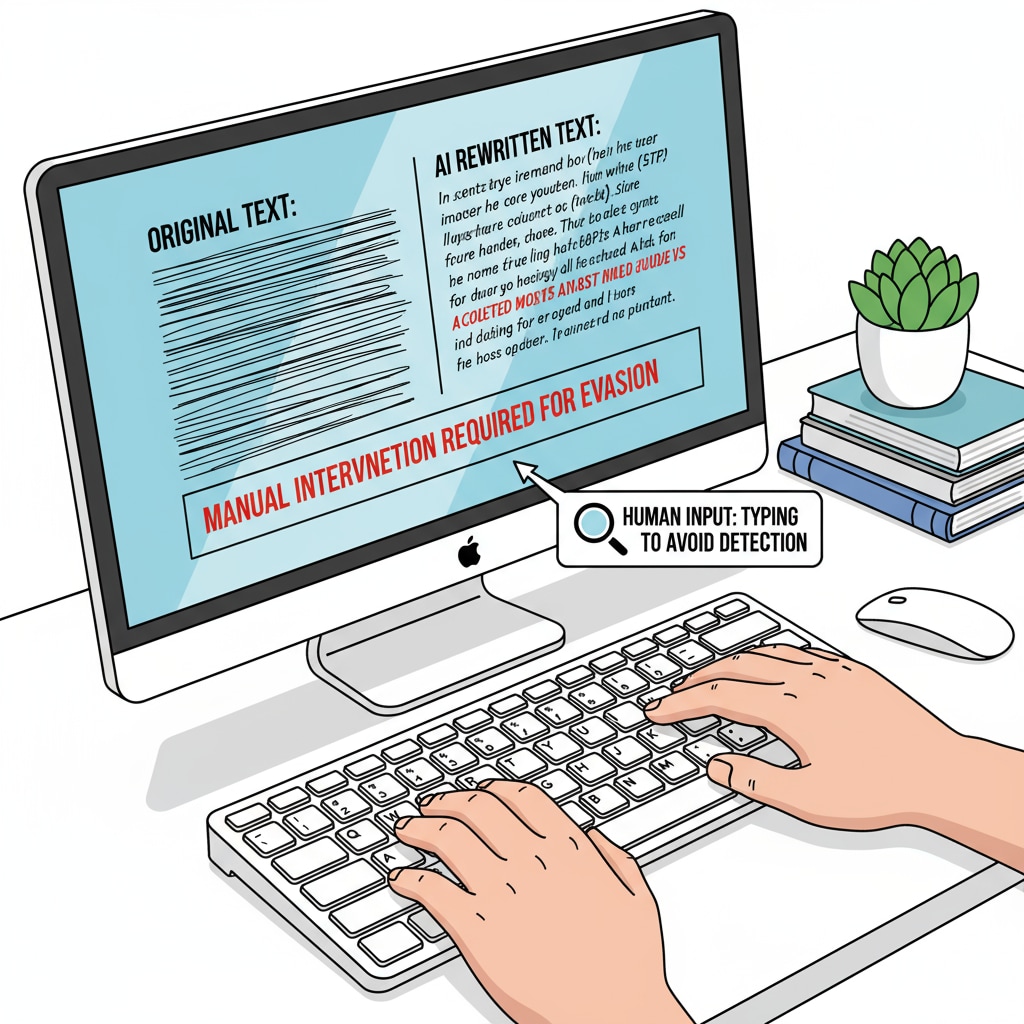AI rewriting tools, AI detectors, and manual input have become hot – button issues in the realm of K12 education. As technology continues to advance, students are increasingly turning to AI writing tools to complete their academic assignments. However, the act of manually inputting the AI – generated rewritten content to bypass detection has thrown academic integrity into a state of flux.

The Rise of AI Rewriting Tools in K12
AI rewriting tools have emerged as a significant force in the educational landscape. These tools use natural language processing algorithms to rewrite text, making it appear original. For example, a student can input a passage from an online source, and the AI tool will rephrase it, changing sentence structures and word choices. According to Wikipedia’s page on Natural Language Processing, these tools are designed to understand the semantics of the text and generate new versions. In K12, students find these tools appealing as they seem to offer a quick fix for their writing assignments.
The Evasion Tactics: Manual Input
To avoid detection by AI detectors, students have resorted to the practice of manual input. By typing the AI – rewritten content themselves, they hope to make it seem like their own work. This method is seen as a way to circumvent the algorithms of detection tools. However, this is a short – sighted approach. As Britannica’s article on Artificial Intelligence points out, while it may be difficult for detectors to distinguish at first glance, there are still tell – tale signs of AI involvement, such as an inconsistent writing style.

The educational implications of this trend are far – reaching. It undermines the very purpose of education, which is to develop students’ critical thinking and writing skills. When students rely on AI rewriting tools and manual input to complete assignments, they miss out on the opportunity to learn and grow. In addition, it creates an unfair playing field among students, as those who engage in such practices may gain an advantage over honest peers.
To address this issue, educators need to take proactive steps. First, they should educate students about the importance of academic integrity and the negative consequences of using AI to cheat. Second, schools can invest in more advanced detection tools that can better identify AI – generated content, even when it is manually inputted. Finally, educators can design assignments that require more in – depth research and critical thinking, making it difficult for students to rely on AI rewriting tools.
Readability guidance: This article uses short paragraphs to present key ideas clearly. For example, in the section about the rise of AI rewriting tools, we list the features and implications. The use of external links provides reliable sources of information. Transition words like ‘however’ and ‘in addition’ are used to connect ideas smoothly, ensuring a logical flow throughout the article.


